Under cabinet lighting is usually only considered for residential settings, where it can provide excellent illumination in kitchens, studies, offices and crafting areas. However, it does have several commercial applications as well, and is a viable option in retail spaces. Retail lighting is one of the most challenging forms of lighting design, as a designer’s goals extend beyond mere aesthetics. Retail lighting has to present the products clearly and in their true colors. It has to be under complete control and help customers move through the space without having to think about it. Undercabinet fixtures can facilitate those goals and allow a retailer to present their products in a whole new light, so to speak.
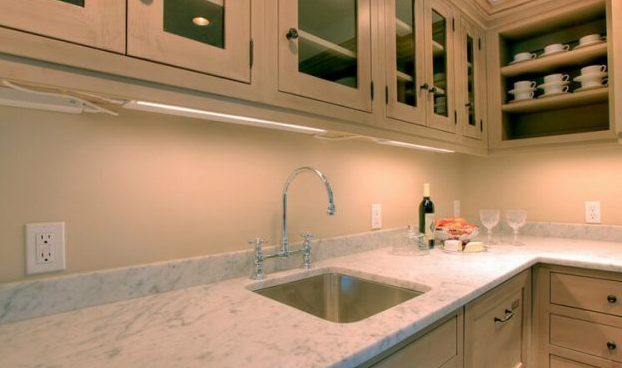
Retail lighting concepts
Anyone who pays attention to lighting knows that when a retailer makes it a priority, the effects can be powerful. However, many retailers mistakenly believe that if there is enough light to see by, then the products will sell themselves.
A lot of research has been done on the psychology of a consumer, and there is even a branch of psychology dedicated solely to it. Consumer psychology aims to figure out what makes a person more likely to buy something or spend additional time in a store. And what researchers find over and over is that people are governed by their senses, and not their rationality, when making a purchase. Vision, of course, is one of those senses, so setting just the right lighting output level or color is not just about making a retail space look attractive, it’s about convincing a consumer that the product they are looking at is high-quality and beautiful.
That’s why retailers that just flood their shops with bright light are doing their business a disservice. A proper retail lighting configuration requires several distinct elements that combine into a cohesive, pleasing whole, and setting up that kind of system takes advanced lighting technologies. Specifically, these are the components of a robust retail lighting system:
- General, or ambient lighting – Before a retailer can even consider decorative and task lighting additions to their space, they need enough ambient lighting to provide adequate visibility. Ambient fixtures are usually mounted to, or in, the ceiling and are designed to output a high amount of illumination for people to see by easily. Some designers recommend addressing ambient lighting last, as once a retailer has determined where the accent and task fixtures will go, they will know what spots need the most ambient light.
- Task lighting – Task lighting is called such because it facilitates any number of processes instead of just making the entire space brighter. In the retail world, task lighting is typically used to direct a customer to important areas, such as dressing rooms and checkout areas. Designers make this happen by installing task lights that are brighter than the surrounding ambient lighting, and by placing them in interesting arrangements that are more likely to capture attention.
- Accent lighting – Accent lighting is also a concentrated source of illumination, but is usually intended for product displays and even individual products. For example, a shop may set up a display near the entrance when a certain product is getting a lot of attention in the media. Accent lighting is used to focus illumination on this display, creating an island of light that enhances the color and shape of the product. Accent lighting can also be effective in window displays and used to draw people into the store.
- Decorative lighting – Like the term suggests, decorative lighting is solely intended for aesthetic use, and can take on a myriad of forms. Decorative fixtures are normally found in luxury retail spaces, and here they can greatly emphasize the exclusive or sophisticated feel that a luxury retail shop is aiming for.
So what does that have to do with undercabinet lighting? Undercabinet fixtures are flexible enough that they can provide task or accent illumination in a retail space, so they can either help highlight points of interest in the space or provide spots of light to enhance product displays or store flow. They aren’t going to flood a store with bright illumination, but serve as an essential layer of light that adds to the shop’s attractiveness and cohesiveness.
Let’s consider a few examples of how undercabinet lighting can improve a retailer’s impact.
Undercabinet Lights in Action
Perhaps the number one application of undercabinet lights in the retail industry is in jewelry stores. Jewelry shops are unique in that all of their products are small enough to fit in compact display cases, and that every product has pronounced optical qualities. In other words, under the right light, a piece of jewelry will appear brilliant and irresistible, while under the wrong lights, it will appear dull and lifeless.
Undercabinet lights installed in a jewelry display case are concealed from the customer’s vision so that only the light itself is visible. This is a general approach to task lighting, where the fixtures are placed behind trim or other obstacles so they don’t take away from the display’s aesthetics. When paired with a jewelry display case, undercabinet lighting can be shaped to fit one or more items, and configured to the perfect color temperature and output level. For instance, jewelry comes in a huge range of designs and hues, so yellow gold and gems that are red, orange or yellow look best under warm fixtures, while silver and gems like diamonds, sapphires and emeralds will shine under neutral or slightly cool fixtures. Undercabinet lighting, because it is in close proximity to the display, is ideal for delivering these spots of color and ensuring every product looks its best.
It’s probably clear by now that undercabinet lighting is almost always intended for retailers that deal in products on the smaller side. But still, retailers often pass up golden opportunities to highlight items that, while not the store’s primary focus, are popular purchases nonetheless.
For instance, an athletic store may want to dedicate most of its efforts in selling workout clothing or athletic gear. But what about running or hiking shoes? Shoes are a popular choice when people make fitness a priority, and an athletic retailer can dedicate a modest space to displaying shoes with undercabinet lighting. Not only does this provide another visual point of interest for customers, such displays are compact enough that they can be installed nearly anywhere. A running shoe display, for instance, installed near racks of running clothing will be considered by every customer that chooses one or the other.
This concept works with luxury clothing retailers as well. When a customer picks out a beautiful dress or suit, their next thought might be how to accessorize it. A set of cufflinks, a necklace or a hat are products that a luxury clothing retailer can fit into their space with little effort. And when paired with undercabinet lighting, such accessories can provide a natural “next step” for people purchasing high-quality clothing.
For another example, consider a toy store. Everyone likes seeing the toys in action before buying them. Unboxing them and setting them up in lighted displays is a clever way to do so. For instance, a toy store may dedicate an entire wall to a set of models, each in various states of completion. Or, a toy store might select a popular product that comes in a large variety of colors, and dedicate an entire display to all of its varieties. Undercabinet lighting, with its ability to deliver tight lighting unobtrusively makes creative applications like these possible.
It’s not always about aesthetics, either. Vendors at craft fairs are often given precious little space to work with, and have to consolidate their displays into a set of cabinets and shelving units. Undercabinet lighting can help a vendor’s products stand out in this kind of situation, which when selling next to dozens of other vendors can be a decisive advantage.
-
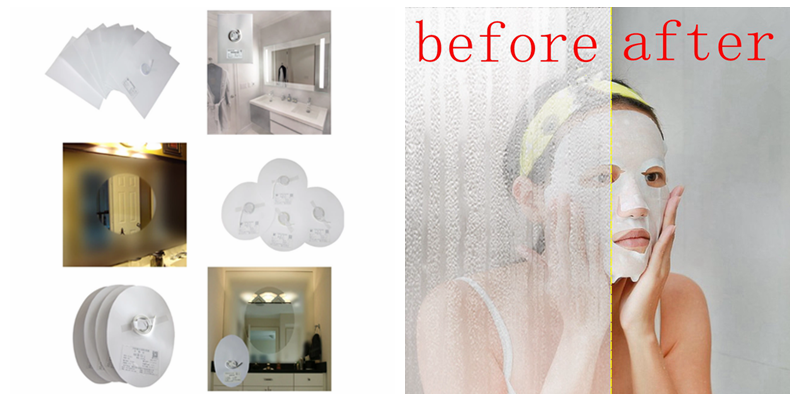 How to Install Heat Pad on Mirror?
How to Install Heat Pad on Mirror?Do you like ?0
Read more -
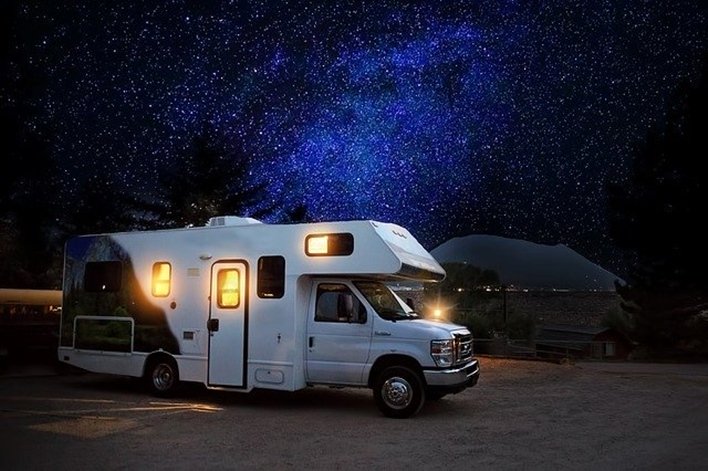 Why LED Lights are Perfect for RVs & Boats?
Why LED Lights are Perfect for RVs & Boats?Do you like ?0
Read more -
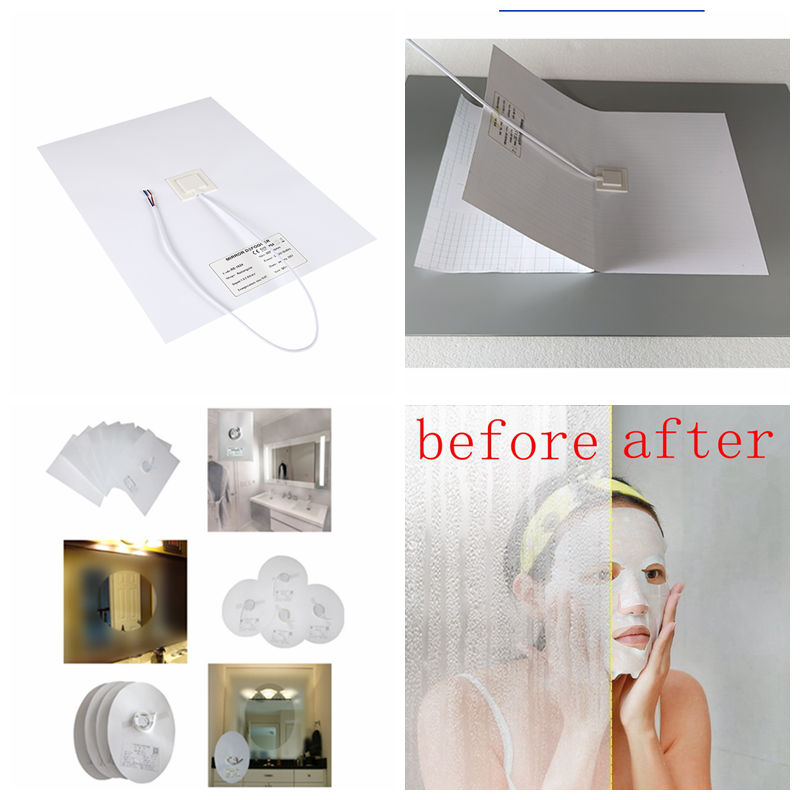 How Good Anti-fog Film for Mirror!
How Good Anti-fog Film for Mirror!Do you like ?0
Read more -
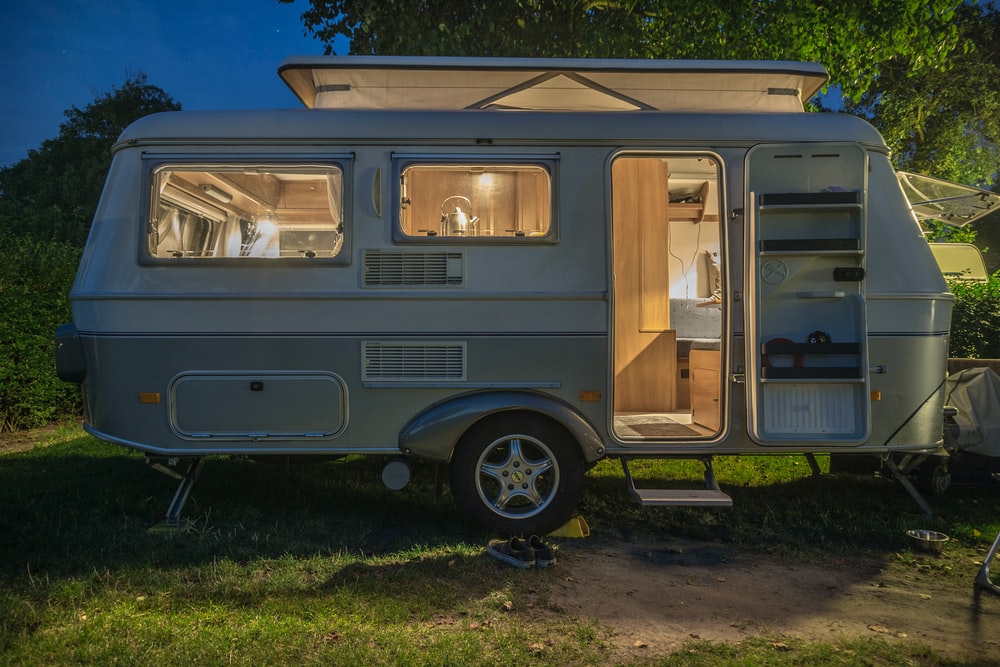 How do you choose which lights to buy for your RV’s interior?
How do you choose which lights to buy for your RV’s interior?Do you like ?0
Read more -
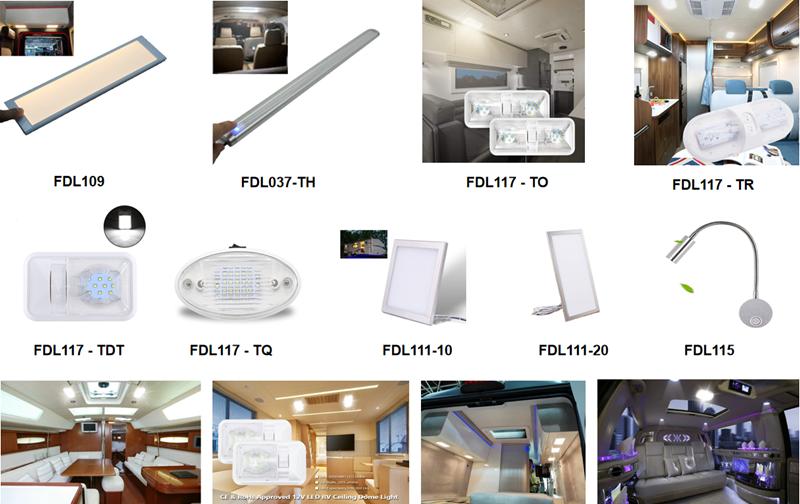 What Are the Most Common Interior Lights Used by RV Manufacturers?
What Are the Most Common Interior Lights Used by RV Manufacturers?Do you like ?0
Read more -
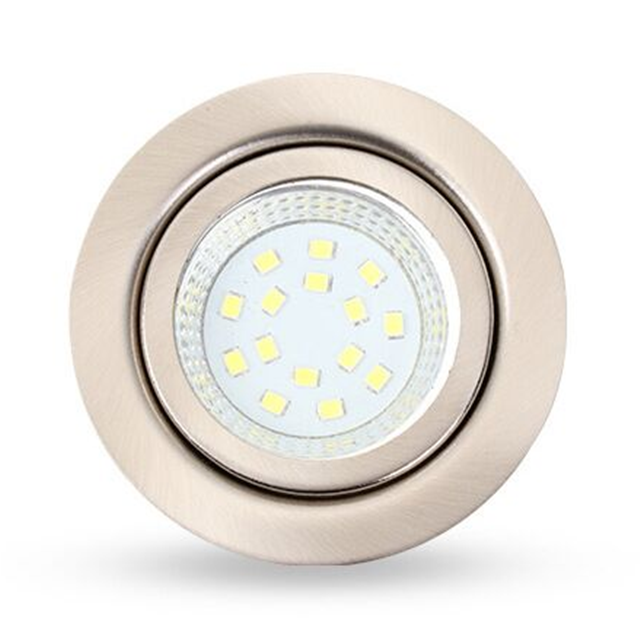 Do You Know The Great Uses for Puck Lights?
Do You Know The Great Uses for Puck Lights?Do you like ?0
Read more






